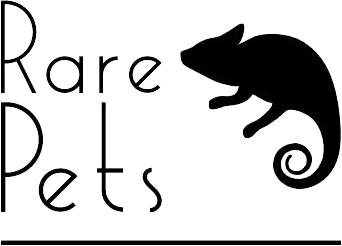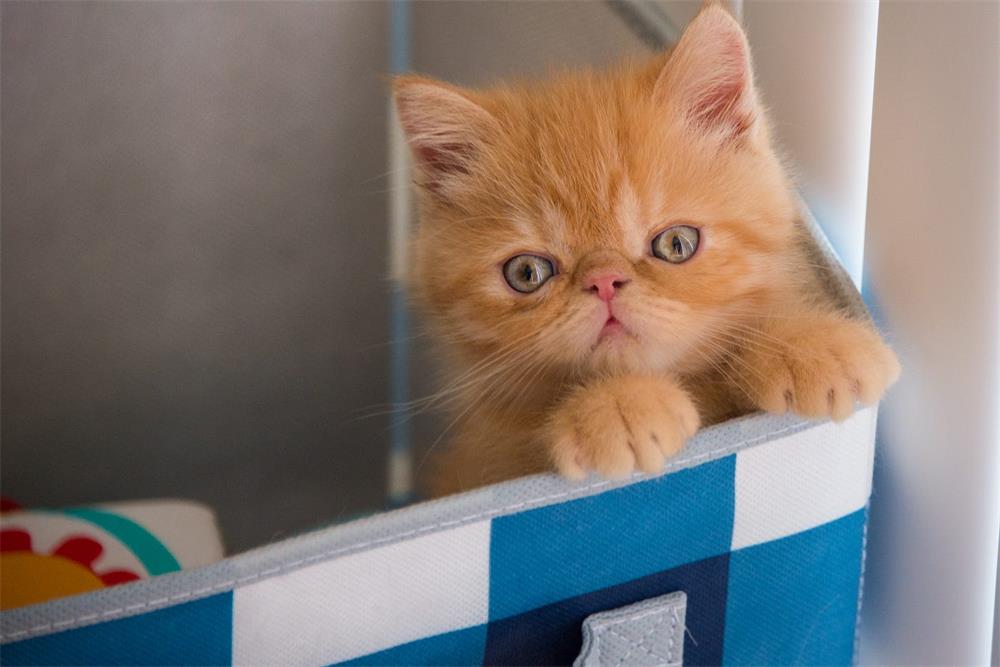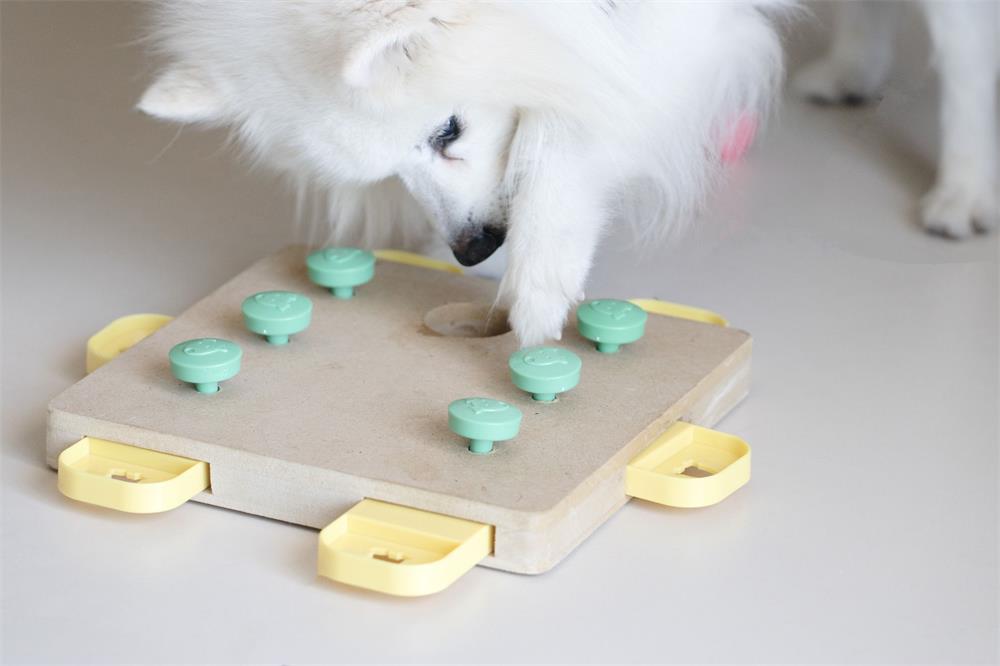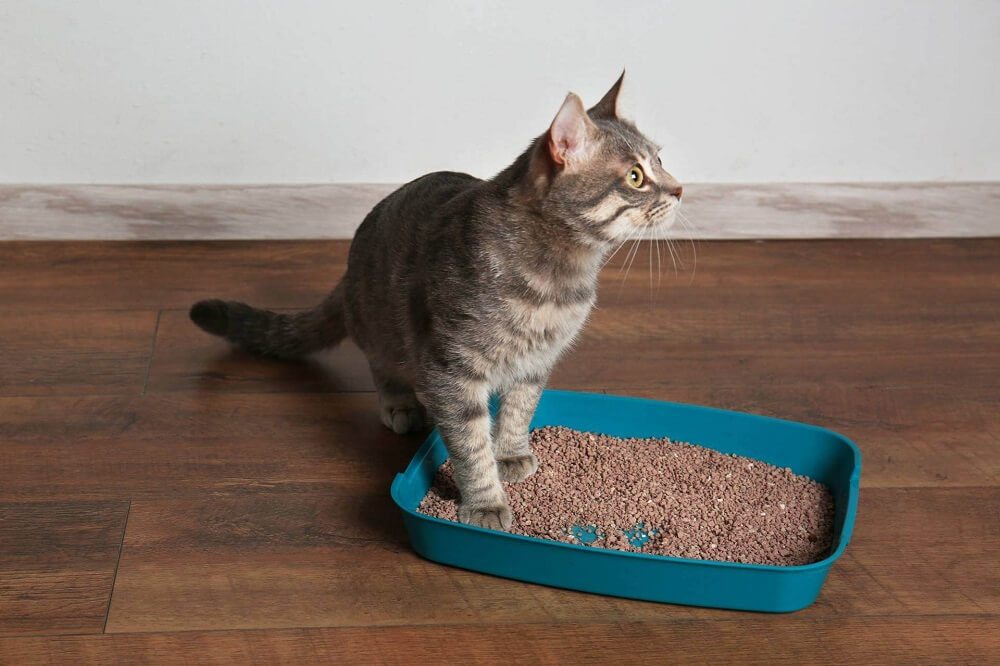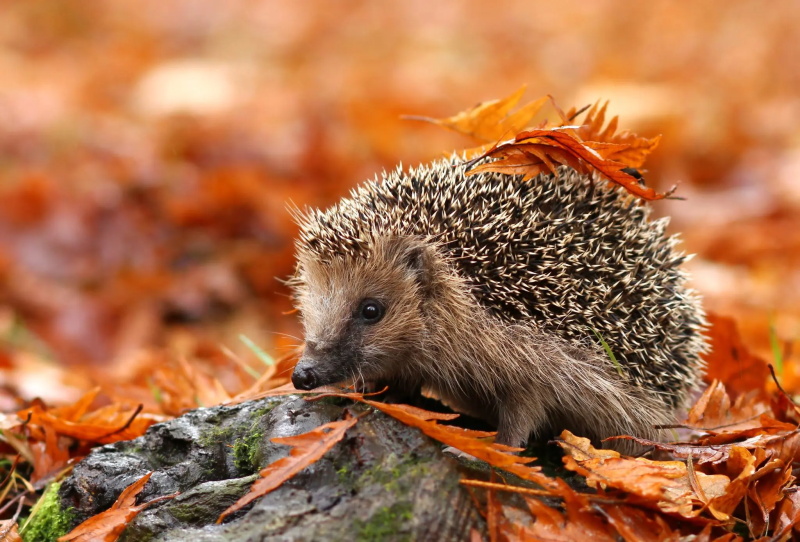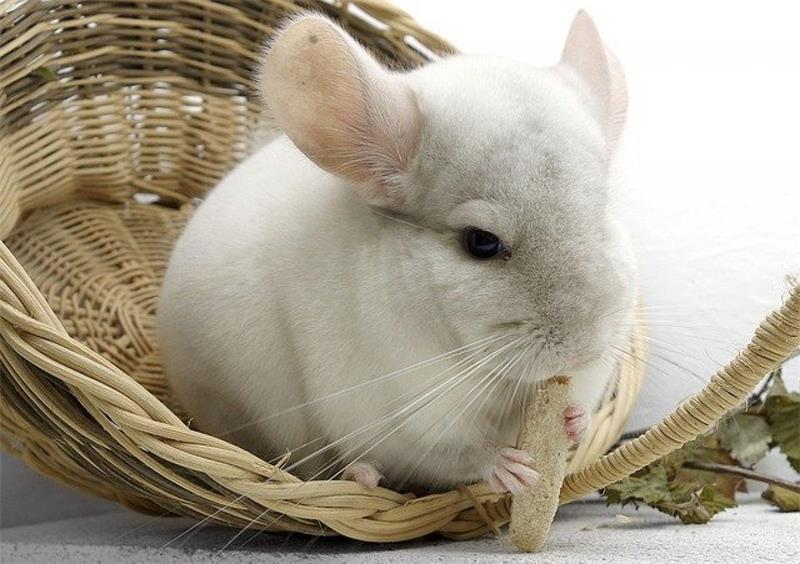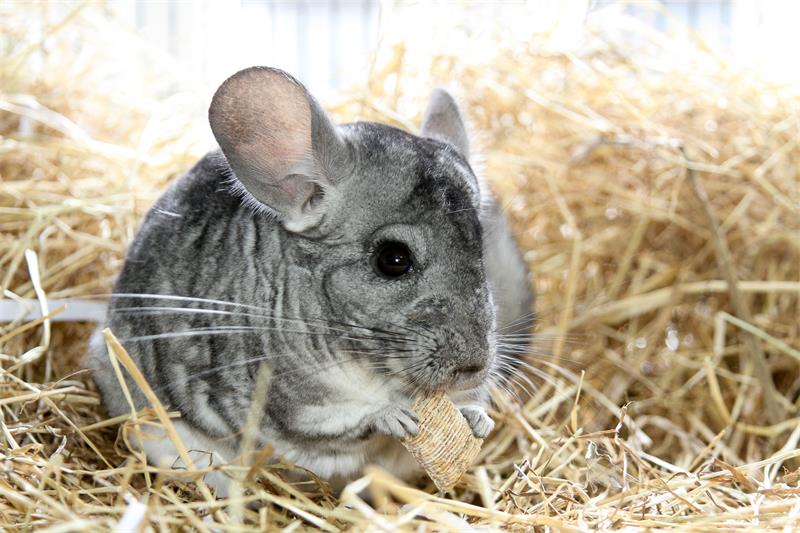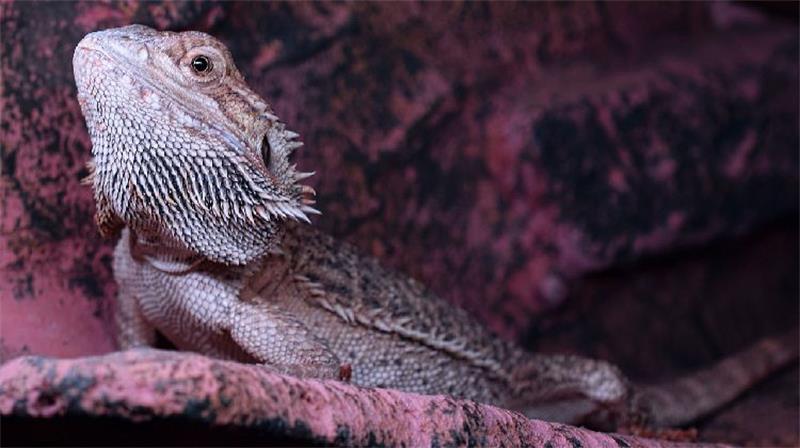
Table of Contents
Bearded dragons are popular reptile pets that come from Australia. They have spiny scales, colorful patterns, and a beard-like collar around their throats. They are friendly, curious, and easy to handle. However, they also have specific needs and requirements that you should know before getting one as a pet.
Bearded dragon babies are especially delicate and vulnerable. They need extra care and attention to grow healthy and happy. In this article, we will guide you through the basics of caring for a baby bearded dragon, including:
- Choosing a healthy baby bearded dragon
- Setting up a proper habitat
- Providing adequate lighting and heating
- Feeding a balanced diet
- Hydrating and supplementing
- Handling and bonding
- Shedding and bathing
- Monitoring health and behavior
Choosing a Healthy Baby Bearded Dragon
The first step to caring for a baby bearded dragon is to choose a healthy one. You can get a baby bearded dragon from a reputable breeder, a pet store, a classified ad, or a rescue shelter. Wherever you get your beardie from, make sure to look for these signs of health:
- Active and alert
- Bright and clear eyes
- Clean and clear nose and vent area
- Round and full belly
- Smooth and intact skin
- No signs of injury, infection, or parasites
Avoid choosing the smallest or the runtiest baby bearded dragon of the group. They might have been bullied or neglected by their siblings or parents. They might also have underlying health problems that could affect their growth and development.
Breeders usually sell their baby bearded dragons when they are at least 4 weeks old. This is because they want to make sure that they have a healthy appetite and a normal shedding cycle. Older baby bearded dragons are also stronger, more colorful, and more personality-driven than younger ones.
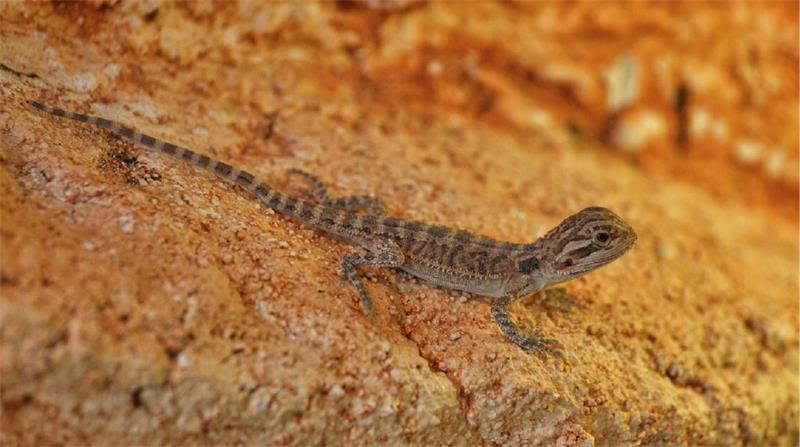
Setting up a Proper Habitat
The next step to caring for a baby bearded dragon is to set up a proper habitat for it. You will need a tank or vivarium that is large enough to accommodate your beardie’s growth. A 20-gallon tank is suitable for a baby bearded dragon, but you will need to upgrade to a 40-gallon tank or larger when it reaches adulthood.
You will also need to choose a suitable substrate for your tank. Substrate is the material that covers the bottom of the tank. It should be safe, comfortable, and easy to clean. Avoid using loose or small substrates like sand, gravel, or wood chips. They can cause impaction if ingested by your beardie. Impaction is a serious condition where the digestive tract gets blocked by foreign objects.
Instead, use solid or paper-based substrates like reptile carpet, newspaper, paper towels, or ceramic tiles. They are less likely to cause impaction or infection. They are also more hygienic and convenient.
You will also need to accessorize your tank with some items that will make your beardie feel at home. These include:
- A basking spot: This is where your beardie will sunbathe and regulate its body temperature. You can use a branch, a rock, or a platform that is elevated and close to the heat source.
- A hiding spot: This is where your beardie will retreat and rest when it feels stressed or scared. You can use a cave, a box, or a plant that is dark and cozy.
- A climbing spot: This is where your beardie will exercise and explore its surroundings. You can use branches, vines, or hammocks that are sturdy and secure.
- A water dish: This is where your beardie will drink water from. You can use a shallow dish that is large enough for your beardie to fit in. You should change the water daily and keep it clean.
- A food dish: This is where your beardie will eat its food from. You can use a shallow dish that is easy for your beardie to access. You should remove any uneaten food after each feeding.
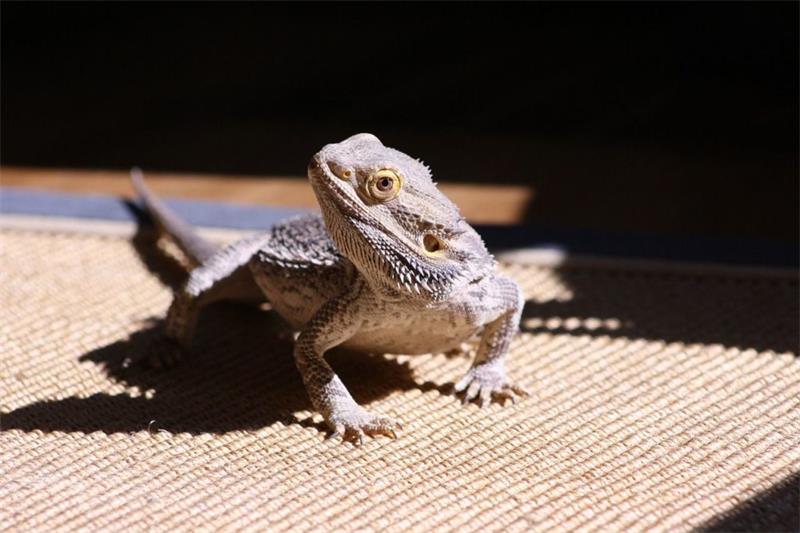
Providing Adequate Lighting and Heating
One of the most important aspects of caring for a baby bearded dragon is to provide adequate lighting and heating for its habitat. Bearded dragons are cold-blooded animals that rely on external sources of heat and light to survive.
You will need two types of lights for your tank: a heat lamp and a UVB lamp. A heat lamp is a bulb that emits heat and visible light. It creates a basking spot for your beardie to warm up and digest its food. A UVB lamp is a bulb that emits ultraviolet B rays. It simulates natural sunlight and helps your beardie produce vitamin D3. Vitamin D3 is essential for your beardie to absorb and use calcium. Calcium is vital for your beardie’s bone health and growth.
You should use a heat lamp that is appropriate for the size of your tank and the temperature gradient you want to create. The temperature gradient is the difference between the warm and cool sides of the tank. You want to have a warm side that is around 95°F to 110°F and a cool side that is around 75°F to 85°F. This way, your beardie can move around and regulate its body temperature according to its needs.
You should use a UVB lamp that is suitable for the type and size of your tank and the distance from your beardie. There are two types of UVB lamps: fluorescent and mercury vapor. Fluorescent lamps are long tubes that emit UVB rays along their length. They are cheaper and more energy-efficient than mercury vapor lamps, but they also have a shorter lifespan and a lower output. Mercury vapor lamps are bulbs that emit heat, visible light, and UVB rays from a single source. They are more expensive and more powerful than fluorescent lamps, but they also have a longer lifespan and a higher output.
The size of your UVB lamp should match the length of your tank. You want to cover as much of the tank as possible with UVB rays, so that your beardie can get enough exposure no matter where it is. The distance from your UVB lamp to your beardie should be between 6 to 12 inches, depending on the strength of the lamp. You want to provide enough UVB rays for your beardie to produce vitamin D3, but not too much that it can cause eye damage or skin burns.
You should provide both heat and UVB lamps for 10 to 12 hours per day, depending on the season and the natural daylight cycle. You should turn them off at night to create a dark period for your beardie to sleep and rest. You should also replace your UVB lamp every 6 to 12 months, depending on the type and brand of the lamp. This is because UVB lamps lose their effectiveness over time, even if they still look bright.
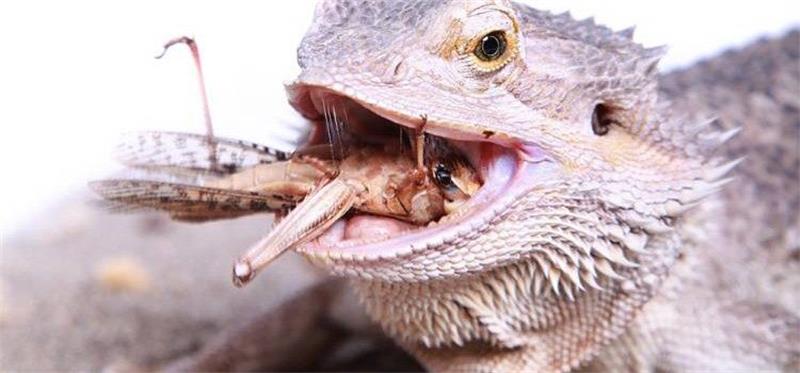
Feeding a Balanced Diet
Another important aspect of caring for a baby bearded dragon is to feed it a balanced diet. Bearded dragons are omnivorous animals that eat both animal and plant matter. However, baby bearded dragons need more animal matter than plant matter, because they are growing rapidly and need more protein and calcium.
You should feed your baby bearded dragon live insects such as crickets, roaches, mealworms, waxworms, or superworms. You should choose insects that are no bigger than the space between your beardie’s eyes, to prevent choking or impaction. You should also dust your insects with calcium powder every other day, and with vitamin powder once a week, to supplement your beardie’s nutrition.
You should feed your baby bearded dragon fresh vegetables such as kale, collard greens, mustard greens, dandelion greens, or bok choy. You should also feed it fresh fruits such as apples, bananas, berries, or melons. You should chop or shred your vegetables and fruits into bite-sized pieces, to make them easier for your beardie to eat.
You should feed your baby bearded dragon insects three times a day, and vegetables once a day. You should offer as many insects as your beardie can eat in 10 to 15 minutes per feeding. You should remove any uneaten insects after each feeding, to prevent them from biting or stressing out your beardie. You should offer vegetables in a shallow dish that is always available for your beardie to nibble on.
Hydrating and Supplementing
Besides feeding a balanced diet, you also need to hydrate and supplement your baby bearded dragon properly. Bearded dragons get most of their water from their food, but they also need some additional sources of hydration.
You should provide a shallow water dish in your tank that is large enough for your beardie to fit in. You should change the water daily and keep it clean. You should also mist your beardie with water once or twice a day, using a spray bottle or a mister. This will help your beardie stay hydrated and also aid in shedding. You should avoid misting your beardie too much or too often, as this can cause respiratory problems or fungal infections.
You should also supplement your beardie with calcium and vitamin D3. Calcium is essential for your beardie’s bone health and growth. Vitamin D3 is essential for your beardie’s calcium absorption and utilization. Without enough calcium and vitamin D3, your beardie can develop metabolic bone disease, a serious condition that causes weak and deformed bones.
You should dust your insects with calcium powder every other day, and with vitamin D3 powder once a week. You should also dust your vegetables and fruits with calcium powder once a week. You should use a high-quality calcium supplement that is made for reptiles, such as Rep-Cal Calcium with Vitamin D3. You should also use a high-quality vitamin D3 supplement that is made for reptiles, such as Zilla Reptile Vitamin Supplement with Calcium.
You should also give your beardie a multivitamin supplement once a week. A multivitamin supplement will provide your beardie with other essential vitamins and minerals that it might not get enough from its diet. You should use a high-quality multivitamin supplement that is made for reptiles, such as Fluker’s Repta-Vitamin Reptile Supplement.
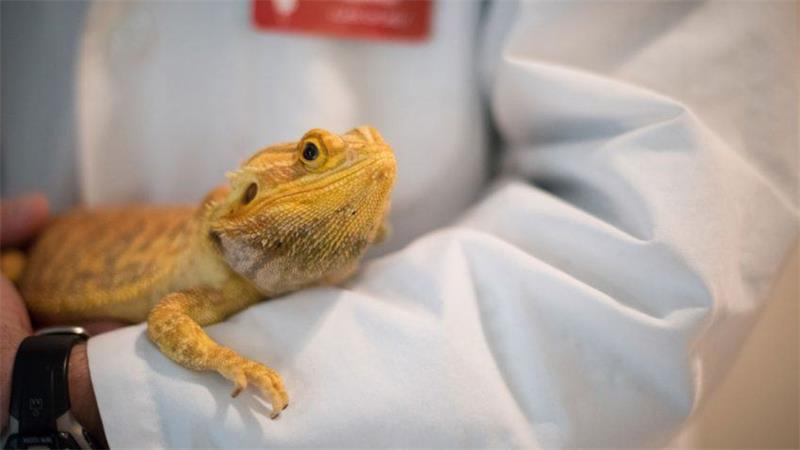
Handling and Bonding
Another important aspect of caring for a baby bearded dragon is to handle and bond with it regularly. Bearded dragons are social and intelligent animals that can form strong bonds with their owners. However, they also need time and patience to get used to their new environment and human companions.
You should wait at least a week before handling your baby bearded dragon for the first time. This will give your beardie some time to settle in and adjust to its new home. You should also handle your beardie only when it is calm and relaxed, not when it is stressed or scared.
You should handle your beardie gently and securely, using both hands to support its body and legs. You should avoid grabbing or squeezing your beardie, as this can hurt or frighten it. You should also avoid touching its head or tail, as this can trigger a defensive reaction.
You should handle your beardie for short periods of time at first, gradually increasing the duration as it gets more comfortable with you. You should also handle your beardie in a safe and quiet area, away from any potential threats or distractions. You should never leave your beardie unattended or let it roam freely around the house, as this can expose it to dangers or accidents.
You should handle your beardie at least once a day, preferably in the morning or evening when it is more active. This will help you build trust and friendship with your beardie, as well as stimulate its mind and body. You should also talk to your beardie softly and gently, using positive words and tones. This will help you communicate with your beardie and make it feel more comfortable around you.
Shedding and Bathing
Another important aspect of caring for a baby bearded dragon is to help it shed and bathe properly. Bearded dragons shed their skin regularly as they grow and develop. However, shedding can be stressful and uncomfortable for them, especially if they have trouble getting rid of the old skin.
You should help your beardie shed by misting it with water once or twice a day, using a spray bottle or a mister. This will moisten the old skin and make it easier to peel off. You should also gently rub or brush the old skin with a soft cloth or toothbrush, but only if your beardie allows you to do so. You should never force or pull the old skin off, as this can hurt or injure your beardie.
You should also help your beardie shed by bathing it in warm water once or twice a week, using a shallow tub or sink. This will hydrate the old skin and make it softer to remove. You should fill the tub or sink with water that is about 90°F to 100°F, no deeper than your beardie’s chest level. You should gently place your beardie in the water and let it soak for 10 to 15 minutes, keeping an eye on it at all times.
You should also gently massage or scrub the old skin with your fingers or a soft cloth, but only if your beardie allows you to do so. You should never use soap or shampoo on your beardie, as this can irritate its skin or eyes. You should also rinse your beardie with clean water and dry it with a soft towel after each bath. You should also return your beardie to its warm and dry habitat as soon as possible.
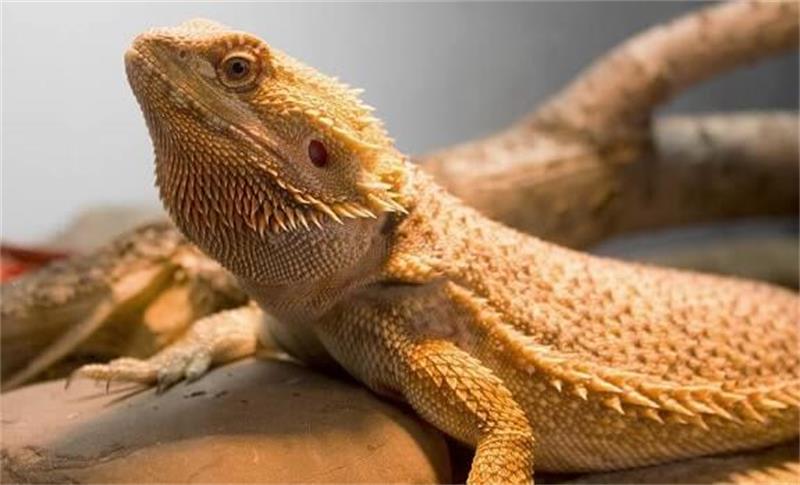
Monitoring Health and Behavior
The last but not least important aspect of caring for a baby bearded dragon is to monitor its health and behavior regularly. Bearded dragons are generally hardy and resilient animals, but they can also suffer from various illnesses and injuries that can affect their well-being.
You should check your beardie’s health and behavior every day, looking for any signs of abnormality or distress. Some of the common signs to look for are:
- Lethargy or inactivity
- Loss of appetite or weight
- Dehydration or sunken eyes
- Diarrhea or constipation
- Vomiting or regurgitation
- Parasites or infections
- Respiratory problems or wheezing
- Skin problems or wounds
- Limb problems or swelling
- Behavior problems or aggression
If you notice any of these signs in your beardie, you should consult a veterinarian as soon as possible. You should also quarantine your beardie from any other reptiles in your household, to prevent the spread of disease. You should also follow the veterinarian’s instructions and provide the necessary treatment and care for your beardie.
Conclusion
Caring for a baby bearded dragon can be a rewarding and enjoyable experience, but it also requires a lot of responsibility and dedication. You should provide your beardie with a proper habitat, lighting, heating, diet, hydration, supplementation, handling, bonding, shedding, bathing, and health monitoring. You should also learn as much as you can about your beardie’s needs and preferences, and respect its personality and temperament.
By following these guidelines, you can ensure that your baby bearded dragon grows up healthy and happy, and becomes a loyal and loving companion for many years to come.
